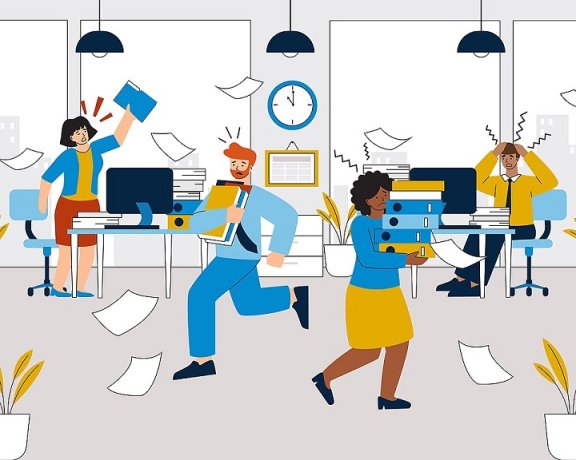Everyone, bosses and workers alike, cares a lot about staying safe at work. When we’re safe, people feel better and do their jobs more efficiently.
Checking regularly for safety risks helps us spot dangers before they hurt anyone. It also keeps the business in line with legal rules on safety standards. We’ll walk you through how to check your workplace’s safety properly with an easy guide.

Image credit here
Table of Contents
Preparation: Setting the Stage for Assessment
Before you jump into checking safety in your office or factory, you’ve got to get ready. First off, build a team. Get folks from each department together for the best mix of views and knowledge about all parts of work.
Next is getting that checklist sorted out – it has to fit what’s unique about your business type and industry. Make sure this list includes any local or national rules on keeping safe at work, too. Don’t forget those because they’re so important. Finally, schedule when your check-up happens so there are fewer interruptions during everyone’s usual day-to-day grind.
Observation: A Walkthrough the Workplace
The real deal in a safety check is when you start looking around. That’s when your team will take an organized stroll through all corners of work – inspect every nook and cranny. Let that checklist guide you. Tick off safe things as they come up, but watch out for possible dangers, too.
Don’t just look at what could hurt someone today, like loose wires. Think about long-term issues from bad ergonomics leading to constant strain injuries over time. Remember, chat with people on-site while walking around because their day-to-day experience may give priceless insights into the improvements needed.
Evaluation: Analyzing Findings
Once the observation is done, it’s time to review what was found. Rank hazards by how much damage they could do and their chance of actually happening. A risk that might lead to a big injury should top your list, even if it rarely happens.
Get together with your team for chit-chat about these risks so everyone understands them well – make sure you’re all on track. These talks are vital because they shape up the next steps, which will help in fixing issues smoothly without any unneeded hassle or delay.
Implementation: Making the Necessary Changes
Spotting dangers is only half the job; now comes sorting them out. Tackle those red-flag risks you found first during your review. Some fixes might be a no-brainer, mending faulty gear or popping up warning signs where needed. Other changes may need deeper thought, like giving staff extra training or changing how work’s done in places.
Record all these tweaks and let everyone know about what’s happening to keep things transparent at the workplace. Once everything has been sorted, it wouldn’t hurt to have another look after some months just to make sure that all our safety solutions are doing their magic as expected.
Conclusion
Safety assessments are an ongoing process. They are not a one-time event but should be a routine aspect of your business operations. Regular assessments, coupled with effective action plans, can ensure a safe working environment, foster trust among employees, and enhance overall productivity. Remember, a safe workplace is a successful workplace.




